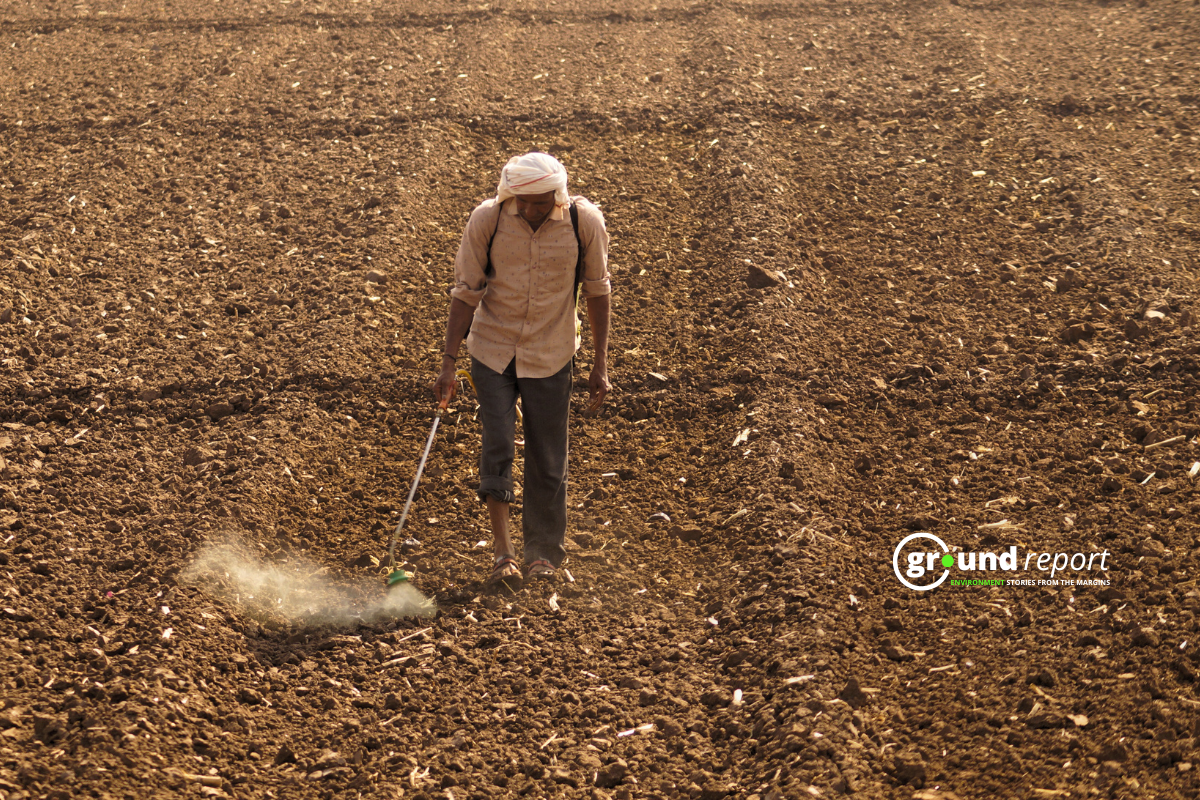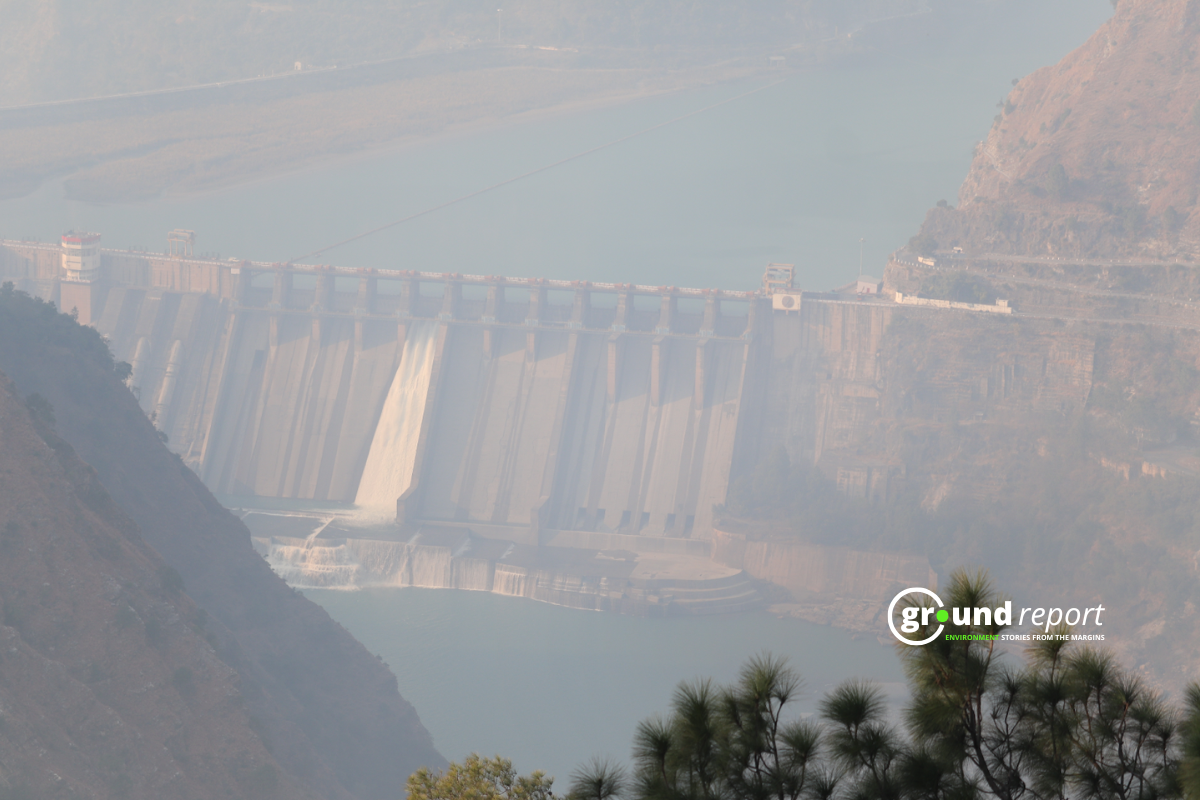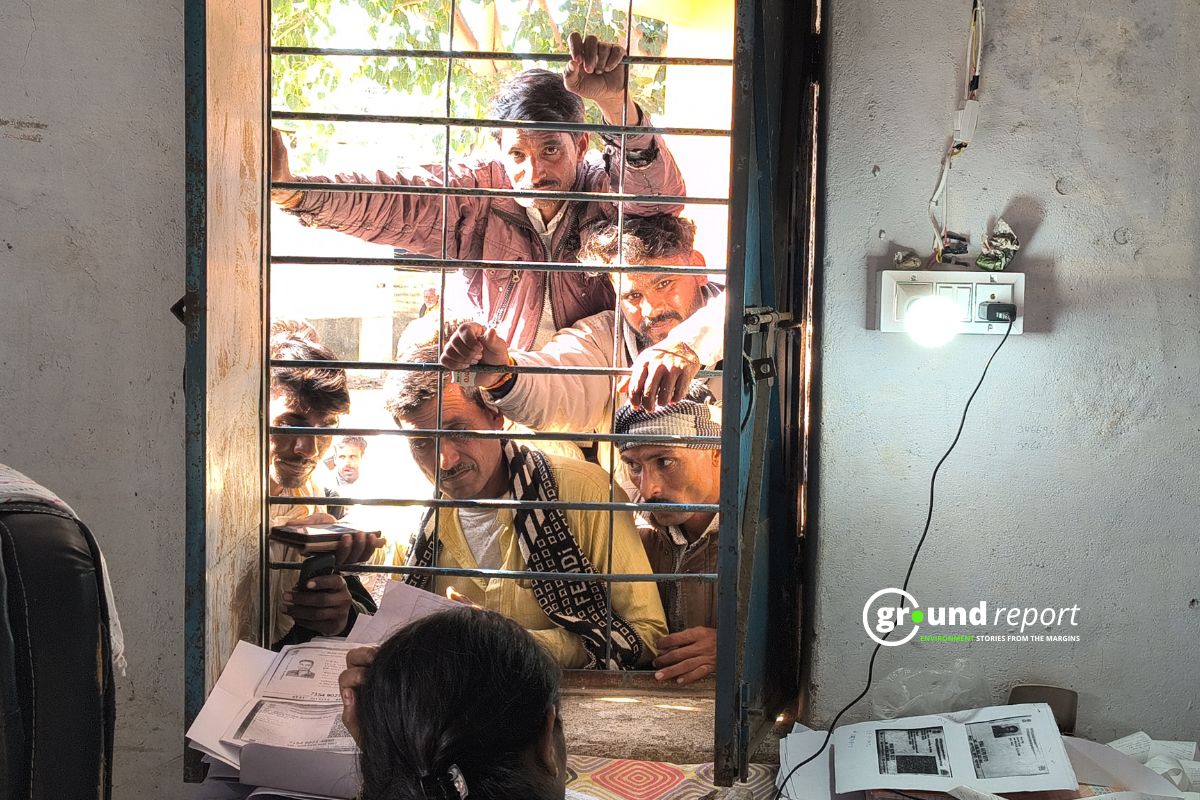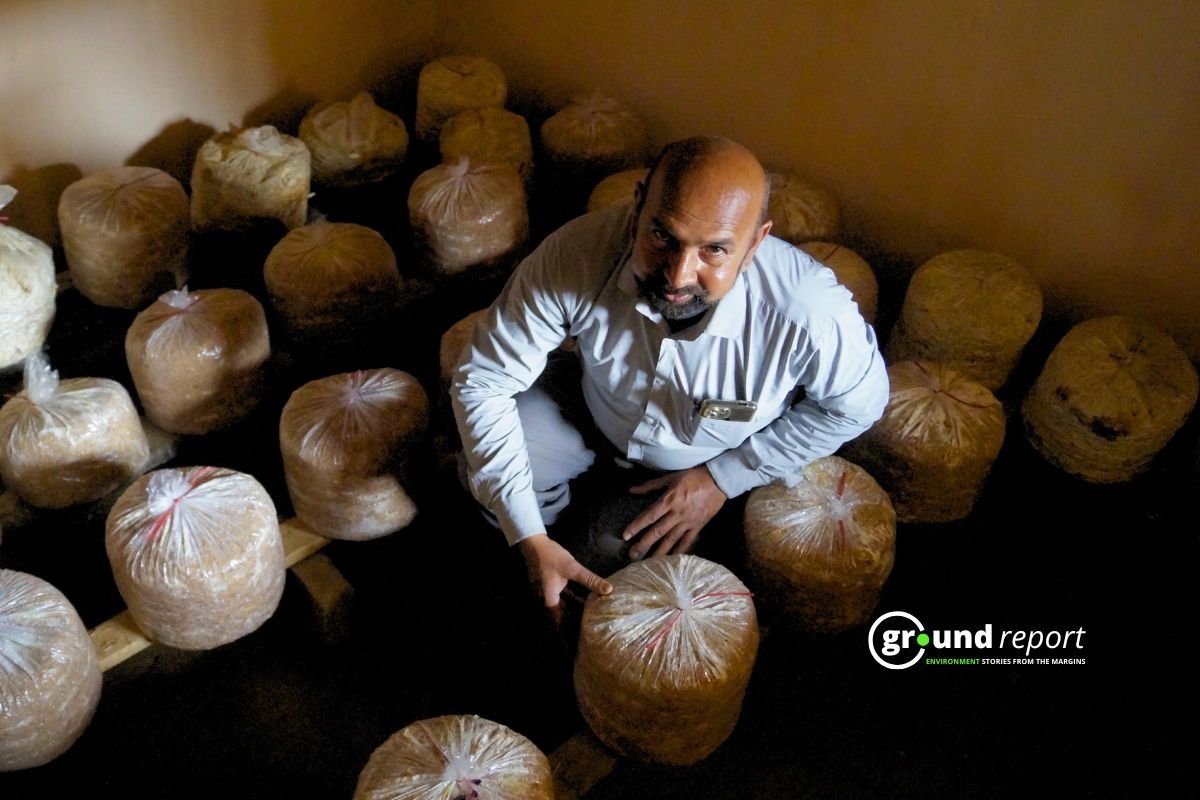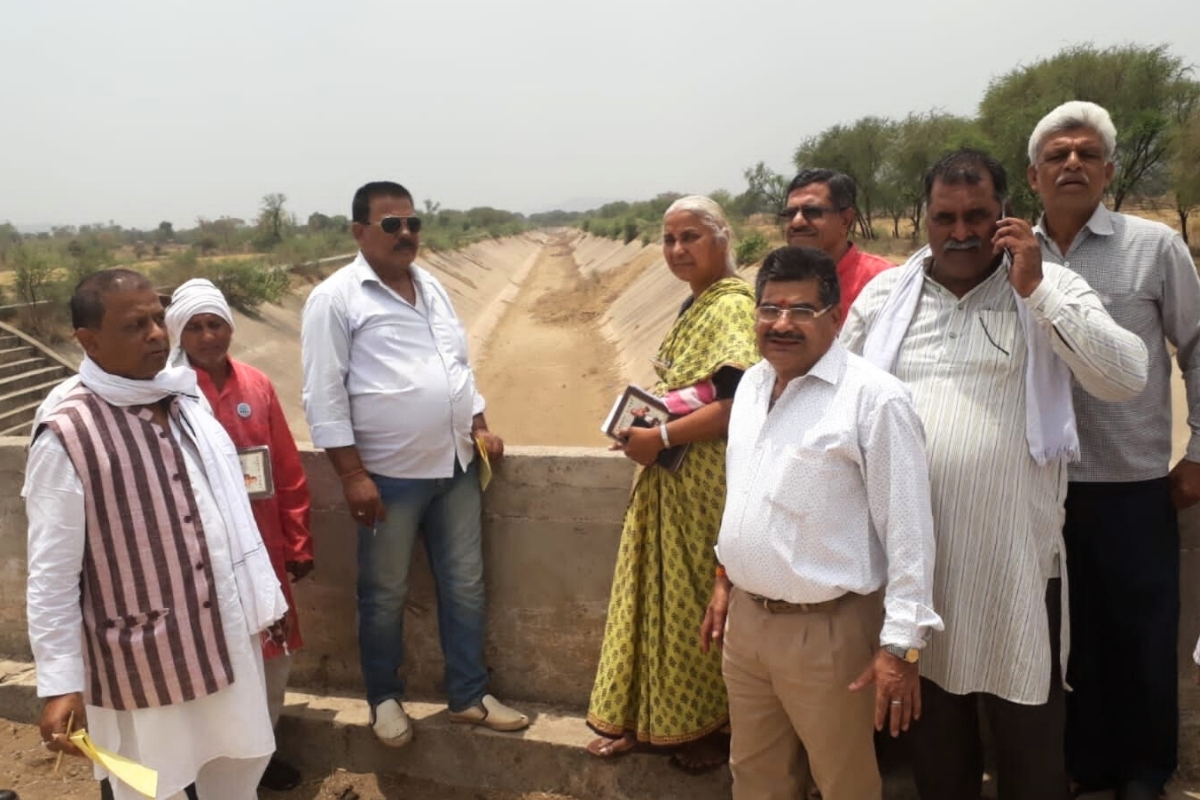Sehore Municipality has announced a Rs. 311 crore budget for the financial year 2025-26, with a strong focus on water conservation and infrastructure development. A key measure in the budget makes roof water harvesting mandatory for all new buildings to combat the city’s declining groundwater levels.
Municipal President Prince Rathore stressed the urgent need for groundwater conservation while presenting the budget. He confirmed that all new buildings must install roof water harvesting systems. The municipality plans to complete this work within a year, ensuring efficient water conservation. If successfully implemented, this initiative will save 13.44 lakh cubic meters of water annually, enough to meet the city’s water needs for 66 days.
Currently, only 1,000 of the city’s 25,000 houses have roof water harvesting systems. Government buildings and over 300 official residences must also comply. To enforce the rule, the municipality will require builders to deposit Rs. 25,000 before receiving a No Objection Certificate (NOC). This amount will be refunded once they provide proof of installation.
The municipality has allocated funds for several key projects:
-
Rs. 52 crore under Amrit Yojana Mission 2.0 for urban development.
-
Rs. 19.27 crore for the construction of long-pending bridges in Kotwali, Englishpura, Machhlipul, and Dulha Badshah.
-
Rs. 22 crore for rejuvenating the Sewan River, including ghat construction, beautification, and pond deepening.
-
Additional funds for sewer expansion, park beautification, road asphalting, gym and swimming pool construction, stadium development, solid waste management, solar plant installation, and a new municipal office building.
With water shortages affecting the city, the municipality urges residents to support conservation efforts. Installing roof water harvesting systems will allow rainwater to replenish groundwater. If residents also cut water usage in half during summer, the saved water could last up to 132 days instead of 66.
Hydrologist Sudhindra Mohan Sharma explained the impact of the initiative. Sehore, with a population of 1.5 lakh, requires 20 cubic meters of water daily. If 24,000 homes adopt roof water harvesting, they can inject 13.44 lakh cubic meters of water into the ground annually. Given the city’s average rainfall of 40 inches, each house could contribute 56,000 liters of water per year, ensuring a stable water supply for the future.
With this budget, Sehore Municipality aims to strengthen infrastructure and secure the city’s water resources for years to come.
Support us to keep independent environmental journalism alive in India.
Keep Reading
How much budget BJP govt in Delhi allocate for environmental causes?
Temperature crosses 40°C in seven cities of Madhya Pradesh
Deadly wildfires ravage South Korea, killing at least 24
SC fines ₹1 lakh per tree for illegal felling in Mathura-Vrindavan
Follow Ground Report on X, Instagram and Facebook for environmental and underreported stories from the margins. Give us feedback on our email id greport2018@gmail.com.
Don’t forget to Subscribe to our weekly newsletter, Join our community on WhatsApp, and Follow our YouTube Channel

